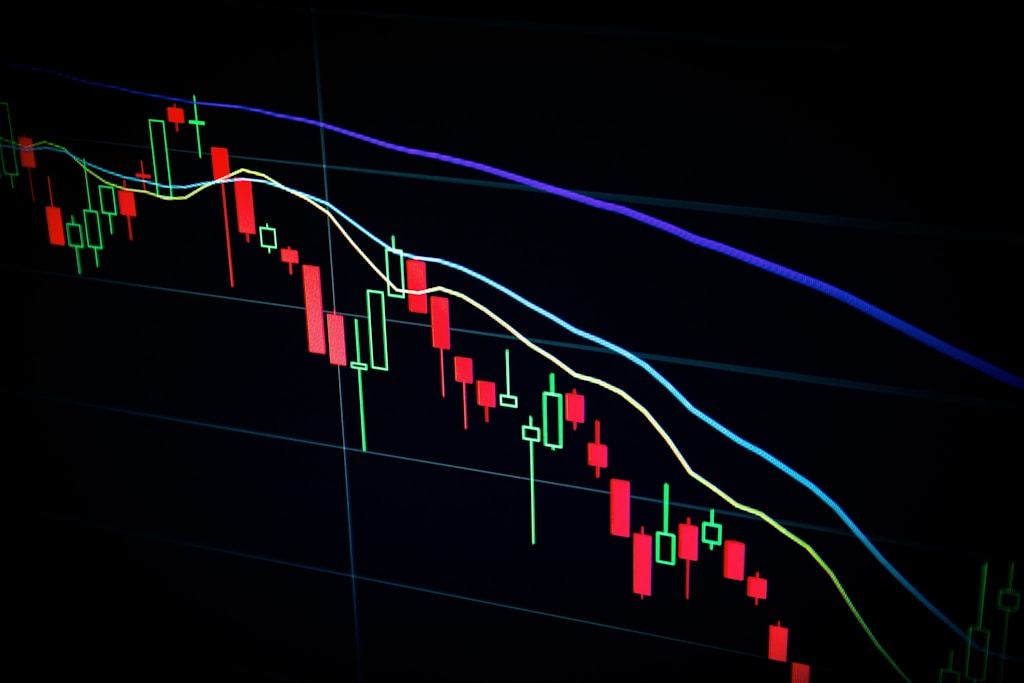Bitcoin’s recent price correction to $76,899 has triggered a significant shift in ownership patterns, with on-chain data revealing a massive $10 billion transfer from short-term to long-term holders. This structural change could signal a potential market bottom, according to latest analysis.
The leading cryptocurrency has experienced a substantial 29.4% decline from its January all-time high above $109,000. Recent market turbulence linked to Trump’s tariff policies has contributed to sustained selling pressure, particularly among newer market participants.
Short-Term Holders Record Historic Capitulation
CryptoQuant data shows Short-Term Holders (STH) experiencing their largest single-day realized loss of the current cycle on April 7, with their realized cap dropping by $10 billion. This dramatic decline represents a significant capitulation event among recent market entrants.
SPONSORED
Trade Bitcoin with up to 100x leverage and maximize your profit potential
Long-Term Holders Display Strong Conviction
Notably, Long-Term Holders (LTH) have absorbed nearly the entire sell-off, increasing their realized cap by $9.7 billion. This behavior demonstrates strong conviction among experienced investors who view current price levels as attractive entry points.
Market Structure Analysis
The transition of assets from short-term to long-term holders typically occurs near market bottoms or early recovery phases. Historical data suggests that such ownership shifts often precede sustained price recoveries.
FAQ Section
What does this ownership shift mean for Bitcoin’s price?
Historical patterns suggest that large-scale transfers from short-term to long-term holders often precede market recoveries, though past performance doesn’t guarantee future results.
How significant is the $10 billion capitulation?
This represents the largest single-day realized loss for short-term holders in the current market cycle, indicating a potential exhaustion of selling pressure.
What defines a long-term holder?
Generally, addresses holding Bitcoin for more than 155 days are classified as long-term holders in on-chain analysis.
As the market digests this significant ownership restructuring, investors should monitor for further signs of accumulation by long-term holders and potential price stabilization signals.
